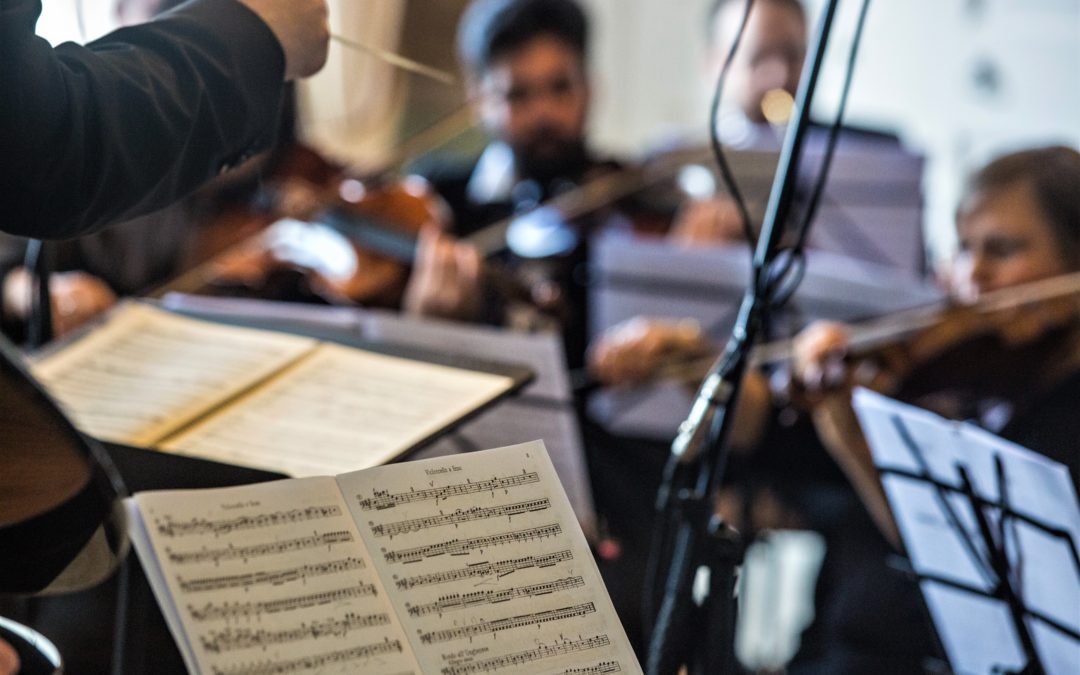All About Woodwind Instruments
https://www.piano-composer-teacher-london.co.uk/post/wind-orchestra-instruments
Whenever we see an orchestra, especially students that like to watch piano and orchestra concertos, the instruments they tend to see are the strings. WKMT has prepared a great series of Orchestration articles with which learn all about it! We explained in our previous post the String section, and we now go for Woodwing. Stay tuned for this series which is truly worthy!
There are a lot of instruments that bring different “colours” to the orchestra. Actually, most piano tutors hear questions from their students, such as “what is the instrument that seems to be a long stick behind the violas?
Well, for that curious students, Franco Luigi is delivering an intensive course on woodwind instruments for WKMT teachers.
The first thing we should learn about this family is the difference in timbre they have within their range; this does not happen with the string family, in which the main feature is that all the range is even in sound and timbre; the woodwinds change their dynamic levels and tone along with their registers. Thus, for example, the oboe “honks” in its lowest fifth, but the flute, on the contrary, only can sound soft or medium-soft, never loud.
The Woodwind family is divided into the flute family, the oboe family, the clarinet family and the Bassoon family.
Within the families, there are several instruments, for example:
The flute family has the flute in C, the Alto Flute and the Bass Flute
In the oboe family, we have the oboe and the English horn.
The Clarinet family has more instruments: the most common are the ones in Bb and a, but we can also find them in Eb and D and the Bass Clarinet.
The last family has only two instruments, the Bassoon and the Contrabassoon.
Each instrument functions as the Soprano, the Alto, the Tenor, and the Bass voices within the orchestra’s woodwind section.
Usually, they bring specific timbres or colours to the melodies, bringing different colours to the orchestral sound.


Recent Comments